Archives
- 2018-10
- 2018-11
- 2019-04
- 2019-05
- 2019-06
- 2019-07
- 2019-08
- 2019-09
- 2019-10
- 2019-11
- 2019-12
- 2020-01
- 2020-02
- 2020-03
- 2020-04
- 2020-05
- 2020-06
- 2020-07
- 2020-08
- 2020-09
- 2020-10
- 2020-11
- 2020-12
- 2021-01
- 2021-02
- 2021-03
- 2021-04
- 2021-05
- 2021-06
- 2021-07
- 2021-08
- 2021-09
- 2021-10
- 2021-11
- 2021-12
- 2022-01
- 2022-02
- 2022-03
- 2022-04
- 2022-05
- 2022-06
- 2022-07
- 2022-08
- 2022-09
- 2022-10
- 2022-11
- 2022-12
- 2023-01
- 2023-02
- 2023-03
- 2023-04
- 2023-05
- 2023-06
- 2023-08
- 2023-09
- 2023-10
- 2023-11
- 2023-12
- 2024-01
- 2024-02
- 2024-03
- 2024-04
- 2024-05
- 2024-06
- 2024-07
- 2024-08
- 2024-09
- 2024-10
- 2024-11
- 2024-12
- 2025-01
- 2025-02
- 2025-03
-
Adenosine is a ubiquitous homeostatic substance
2024-04-13

Adenosine is a ubiquitous homeostatic substance released from most cells, including neurons and glias. Endogenous adenosine acts at four principal G-protein-associated receptor subtypes: A1, A2a, A2b and A3 (Ralevic and Burnstock, 1998). The stimulation of adenosine receptors by extracellular adenos
-
Tension within the network could be explained by
2024-04-13

Tension within the network could be explained by two potential mechanisms: the more classical contractility that is dependent on motor proteins that are pulling Refametinib filaments towards each other [10]; or contractility that is caused by disassembly of a crosslinked network of actin filaments
-
In conclusion we have demonstrated that diaryl pyrazolo pyri
2024-04-13
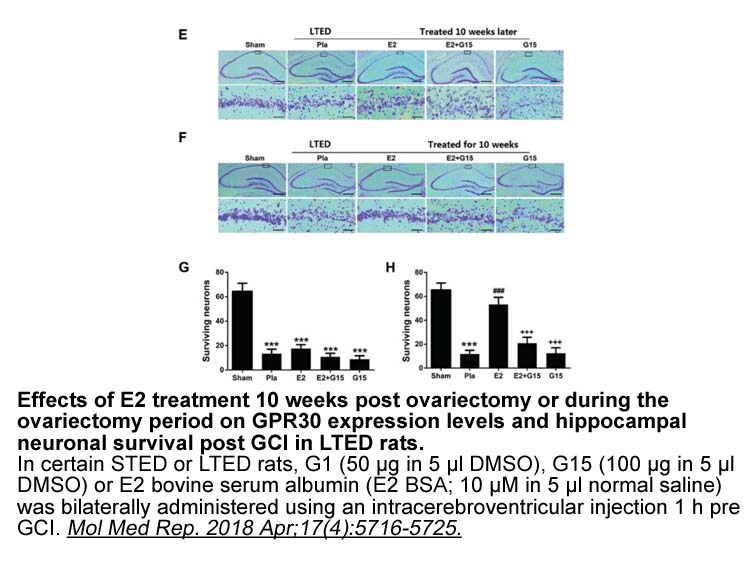
In conclusion, we have demonstrated that ,-diaryl-1-pyrazolo[3,4-]pyrimidine-3,6-diamines represent a novel class of ACK1 inhibitors. The presence of a polar substituent at C-4 of the N-6 aryl ring was shown to be unnecessary for maintaining high levels of inhibitory activity. Furthermore, selectivi
-
Benztropine mesylate Introduction Lysophosphatidic acid LPA
2024-04-13
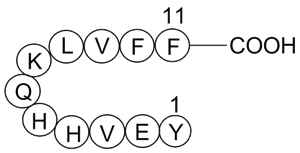
Introduction Lysophosphatidic Benztropine mesylate (LPA) is a key, serum-borne phospholipid, regulating a number of cellular processes such as proliferation, migration and differentiation through its interaction with G-protein coupled receptors. LPA receptor signaling has been implicated in severa
-
In addition to pH regulation by ion counter fluxes acidifica
2024-04-13
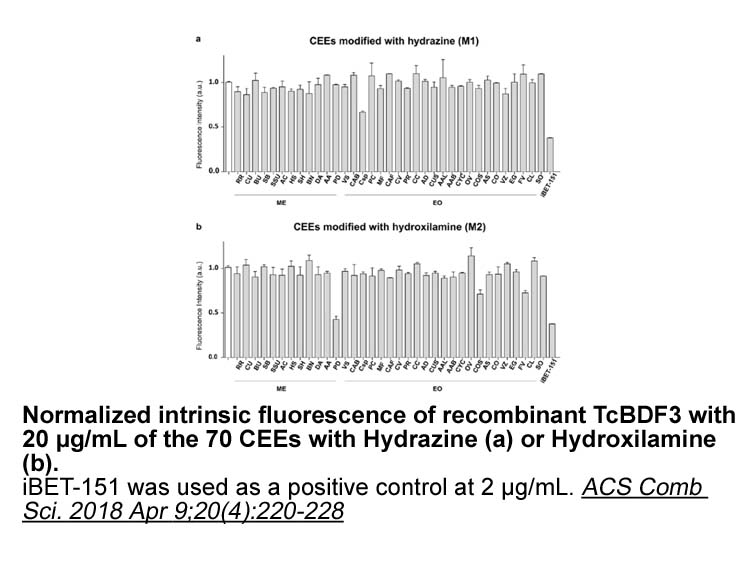
In addition to pH regulation by ion (counter-) fluxes, acidification is regulated by the abundance of V-ATPase on organelles, by the pumping activity of the complex and by proton leakage. In yeast, the V-ATPase VO subunit a is the only subunit expressed in two isoforms termed Stv1p and Vph1p. V-ATPa
-
br Mechanisms of homeostasis At face value homeostatic
2024-04-13
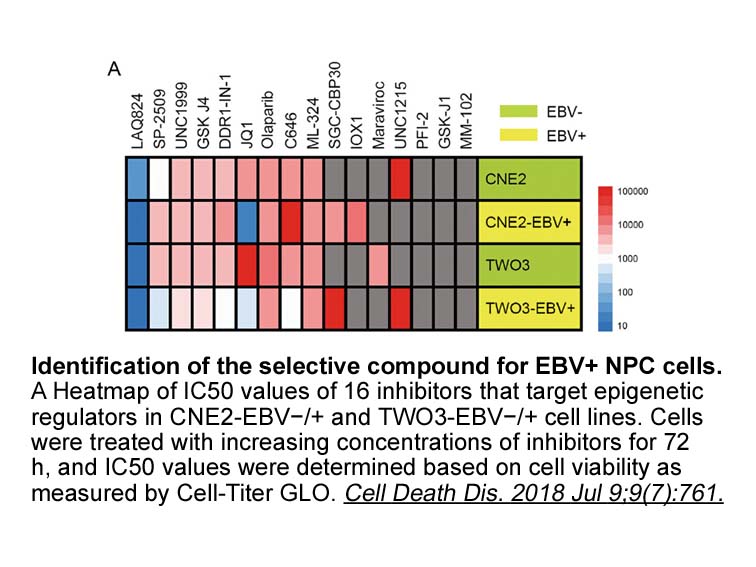
Mechanisms of homeostasis At face value, homeostatic mechanisms may seem like nothing more than a simple balance between opposing forces; however, the ability of Mec1/Tel1 to each orchestrate both negative and positive regulation greatly complicates the system under consideration and argues again
-
It is noticed that MDL only partly reversed isoflurane
2024-04-12
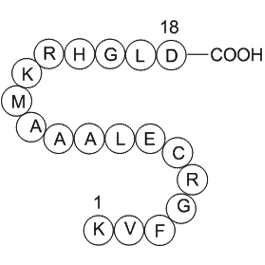
It is noticed that MDL-28170 only partly reversed isoflurane-induced AIF release and nuclear translocation. In addition to calpain mechanism, activation of the DNA repair enzyme poly (ADP-ribose) polymerase-1 (PARP-1) is also essential for AIF release (Culmsee et al., 2005; Moubarak et al., 2007), a
-
Introduction Enzymatic browning degrades quality
2024-04-12
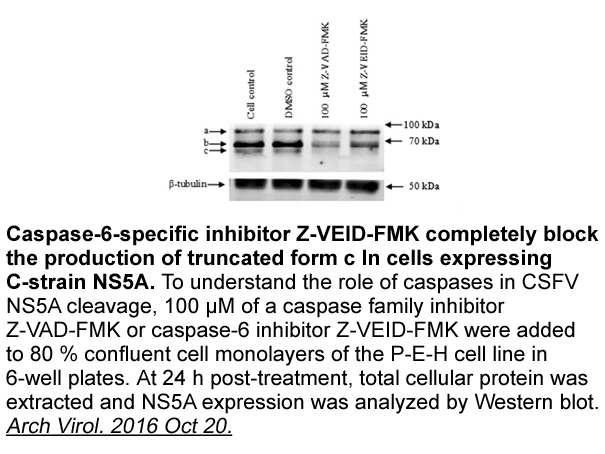
Introduction Enzymatic browning degrades quality, safety, and nutritional values of various fruits or vegetable products. For example, the color of apple or potato is generally yellowish, representing freshness. However, they are extremely susceptible to enzymatic browning because of abundant polyp
-
br Introduction Quenchbody Q body immunoassay is
2024-04-12
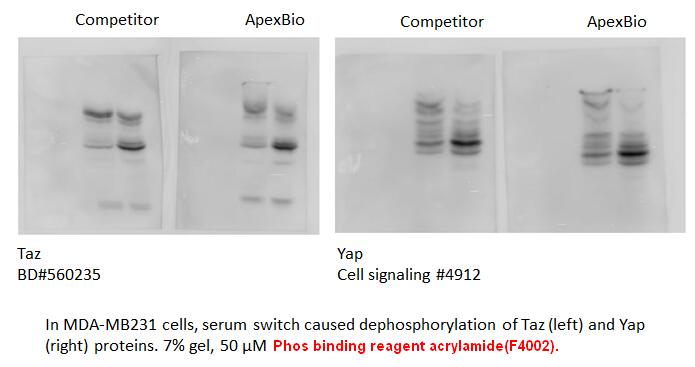
Introduction Quenchbody (Q-body) immunoassay is a novel biosensing technology that uses the quenching of fluorescence by intrinsic tryptophan (Trp) residues in antibody variable regions when dye(s) are conjugated to an antibody or antibody fragments in appropriate position, and de-quenching while
-
APP is a member of a
2024-04-12
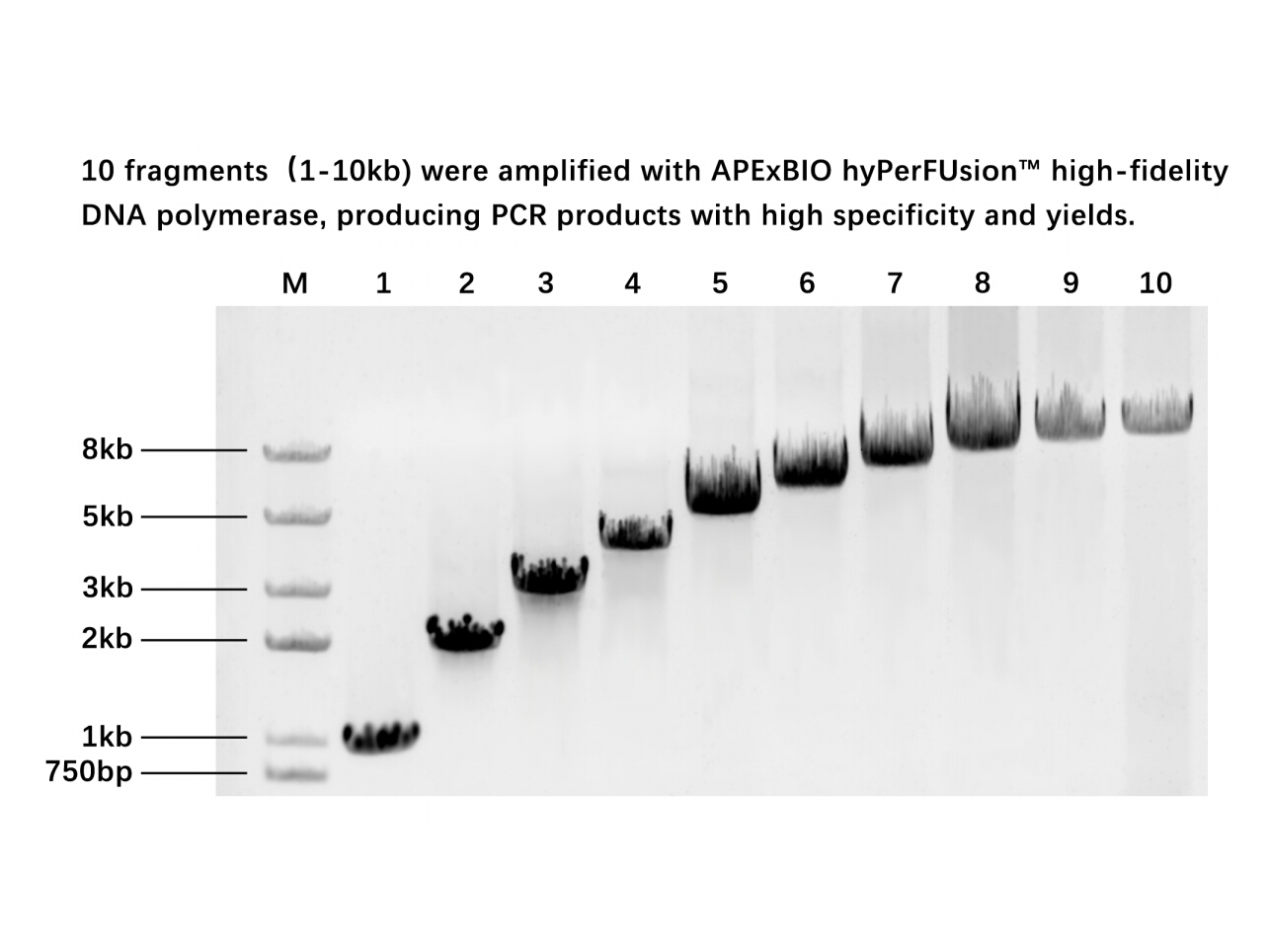
APP is a member of a conserved protein family that also includes amyloid precursor-like proteins 1 and 2 (APLP1, APLP2).8, 9, 10 The proteins in this family are type I single-pass transmembrane SMIP004 with receptor-like structural features but not entirely clear cellular functions.11, 12, 13, 14 Th
-
br Acknowledgments The authors thank Claudia Wittrock for he
2024-04-12

Acknowledgments The authors thank Claudia Wittrock for her excellent technical assistance. The work was supported by grants of the Deutsche Forschungsgemeinschaft (SFB974 TP B05) and of the Anton-Betz-Stiftung to N.K. A.M. is an associate member of the iBrain graduate school at the University of
-
This development notwithstanding the chemotherapeutic treatm
2024-04-12

This development notwithstanding, the chemotherapeutic treatment for leukemia has stagnated over the last 40 years [35]. Main treatment options necessitate aggressive chemotherapy to target leukemic cells [36], [37], [38], [39]. Several limitations of current treatment options include the use of ant
-
Doxorubicin Asparagine synthetase ASNS is a glutamine amidot
2024-04-12
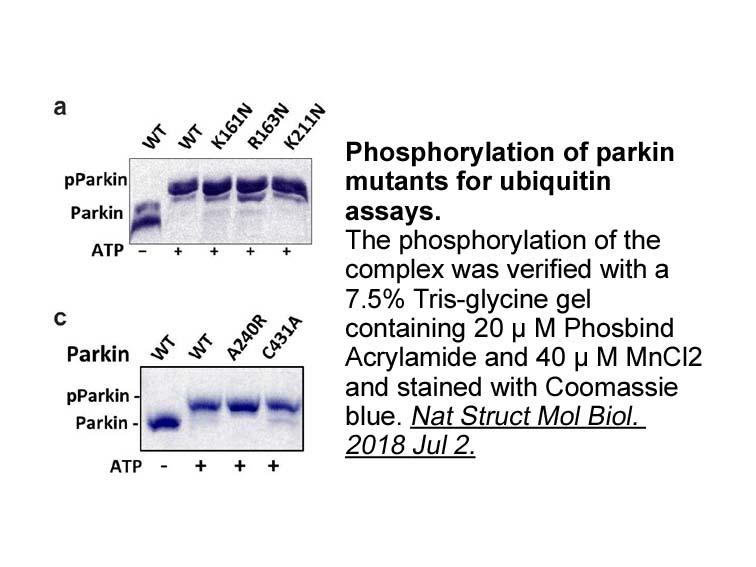
Asparagine synthetase (ASNS) is a glutamine amidotransferase that catalyzes ATP-dependent synthesis of asparagine and glutamate from aspartate and glutamine. Upregulation of ASNS expression renders leukemia cells resistant to l-asparaginase treatment, and ASNS is essential for cell survival in the a
-
With regard to the correlation
2024-04-12

With regard to the correlation between -rearrangements and thromboembolic events, Zer et al. reported a VTE rate of 36% in a cohort of 98 patients with ALK-positive NSCLC. Of note, VTE was also associated with shorter overall survival (HR: 5.71, =0.01) . Only few others have investigated NSCLC drive
-
br Conclusion br Introduction Lung cancer is the principal
2024-04-12
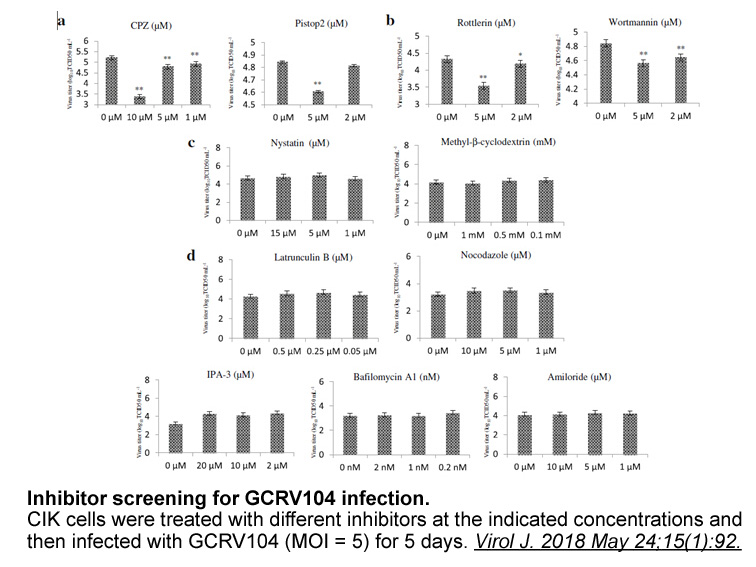
Conclusion Introduction Lung cancer is the principal cause of death by cancer and the third most common cancer worldwide (Sorber et al., 2016). Lung cancer has two main types: small cell carcinomas (approximately 20%) and non-small cell lung cancers (NSCLC) (about 80%) (Fan et al., 2016). NSC
15784 records 165/1053 page Previous Next First page 上5页 161162163164165 下5页 Last page